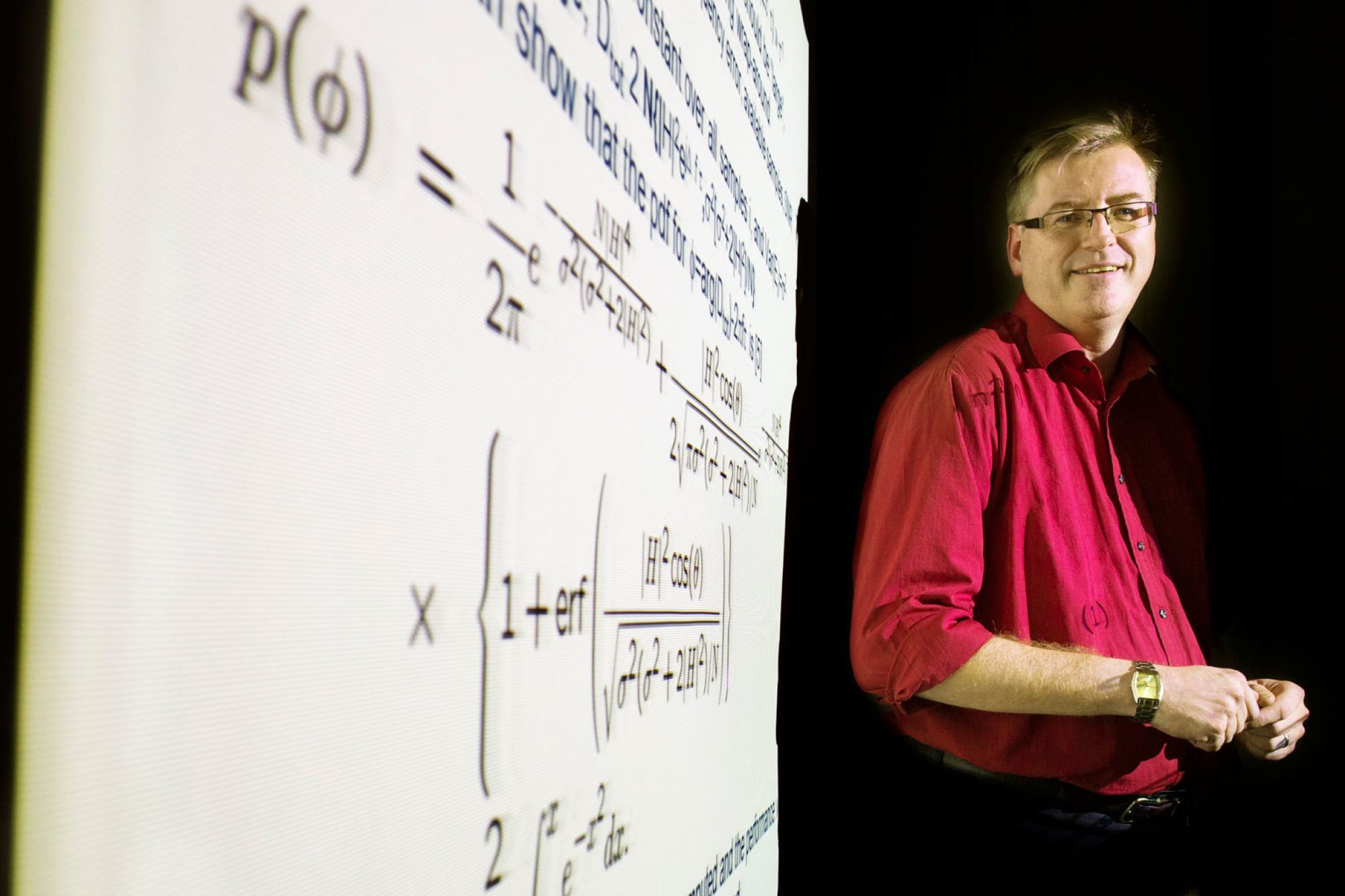Having made the drawings and the core/summary of the invention, the most important parts of the disclosure are done, and below I will give some general thoughts about the background and detailed description part.
Background
I suggest you try to keep the background rather short. Try to only discuss the relevant background. Furthermore, in the background, also mention prior art (i.e. known technique) solutions to the problem (if there are any), and also mention potential problems with the prior art solution (too complex, too expensive, too power consuming etc.) so that you can argue for the need for your invention.
Detailed description
The detailed description part of the invention disclosure can be long and should – of course – be detailed. Here in the text you describe all the drawings in detail. Try to come up with as many possible solutions (embodiments) for the problem as possible. By showing, let us say, at least two explicit examples/ways for performing one step of the invention, the patent attorney then can use that information to make the scope of protection wider. Referring to the example flow chart, pseudo-claims in earlier posts, one can show two or more different methods for determining the compensation value, and the same for determination of the characteristic value.
I hope I now have given you some tips and tricks for being able to write good invention disclosures next time you have determined an invention. Good luck!
